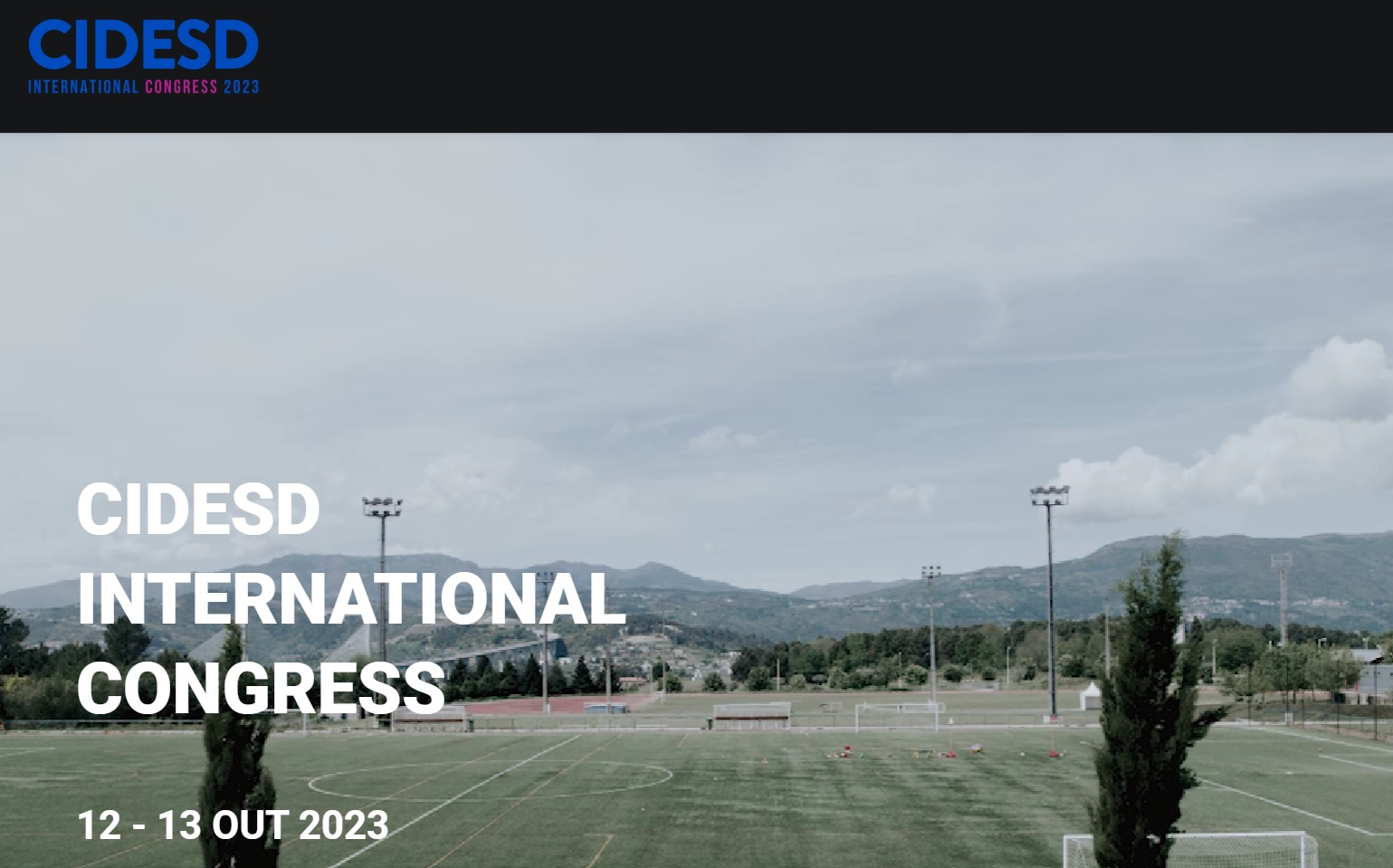The Andaluzoʼs adventure: A cluster-randomized controlled trial in Physical Education of a gamified intermittent programming unit with activity wristbands on perceived physical activity and its psychological mediators. Fit Person study
DOI:
https://doi.org/10.6063/motricidade.31699Abstract
The World Health Organization (2020) recommends that schoolchildren achieve at least 60 minutes of daily moderate-to-vigorous physical activity (PA). Unfortunately, only 19% of this population meets this recommendation (Guthold et al., 2020). Physical Education (PE) is an ideal setting to encourage students to practice regular PA (Association for PE, 2020). However, studentsʼ adherence to PA practice is mediated by psychological determinants like motivation (Rhodes et al., 2017) and intention to practice PA (Hagger & Chatzisarantis, 2016). Several strategies like the use of activity wristbands, education counselling (Casado-Robles et al., 2022) or gamification (Arufe-Giráldez et al., 2022) have been shown to be effective for promoting schoolchildrenʼs PA. Consequently, the purpose of this study was to analyse the effect of a gamified intermittent teaching unit based on the use of activity wristbands and behaviour modification strategies on primary school studentsʼ motivation towards PE, their intention to be physically active and their perceived PA. A sample of 182 primary school students (39% females; Mage = 10.1 ± 0.9 years old) was cluster-randomly assigned to the control group (CG, n = 80) and gamified group (GG, n = 102). The GG students performed a gamified intermittent teaching unit (Viciana & Mayorga-Vega, 2016) based on the use of activity wristbands, educational counselling and goal-setting strategies three times per week during five weeks. Specifically, the first 15 minutes of each lesson were used. The narrative of the intervention was a travel performed by its main character, “Andaluzo”, through the provinces of the Andalucia region. Before and after the intervention, students filled out the Spanish versions of the Motivation in PE (Miguel Leo et al., 2016), intention to be physically active (Arias-Estero et al., 2013), and Pictorial Childrenʼs PA (Morera-Castro et al., 2018) questionnaires. The Mann-Whitney U test showed statistically significant differences in identified regulation, autonomous motivation towards PE, and PA performed during school recess (p < 0.05). No statistically significant differences were found for the rest of the variables (p > 0.05). Results of this study suggest that a gamified intermittent teaching unit based on the use of activity wristbands and behaviour modification strategies seems to be effective for improving schoolchildrenʼs autonomous motivation towards PE, as well as PA performed during recess. Nevertheless, future research is needed to incorporate other social agents, such as parents or tutors, to try to obtain improvements in weekly PA, as well as in the different periods of it.
Downloads
Published
Issue
Section
License
The authors of submitted manuscripts must transfer the full copyright to Journal Motricidade / Sílabas Didáticas Editions. Granting copyright permission allows the publication and dissemination of the article in printed or electronic formats, and copyrights start at the moment the manuscript is accepted for publication. It also allows Journal Motricidade to use and commercialise the article in terms of licensing, lending or selling its content to indexation/abstracts databases and other entities.
According to the terms of the Creative Commons licence, authors may reproduce a reasonable number of copies for personal or professional purposes, but without any economic gain. SHERPA/RoMEO allows authors to post a final digital copy (post-printing version) of the article on their websites or on their institutions' scientific repository.


